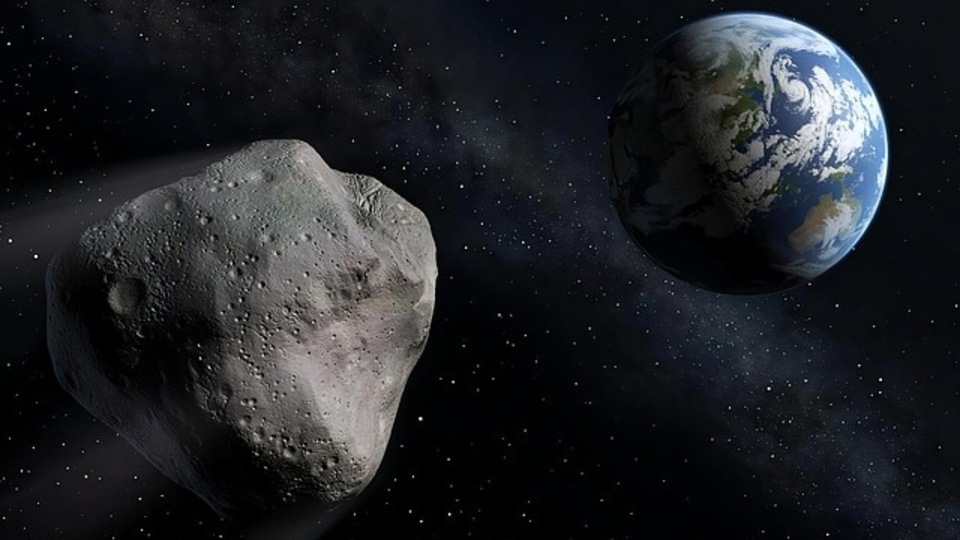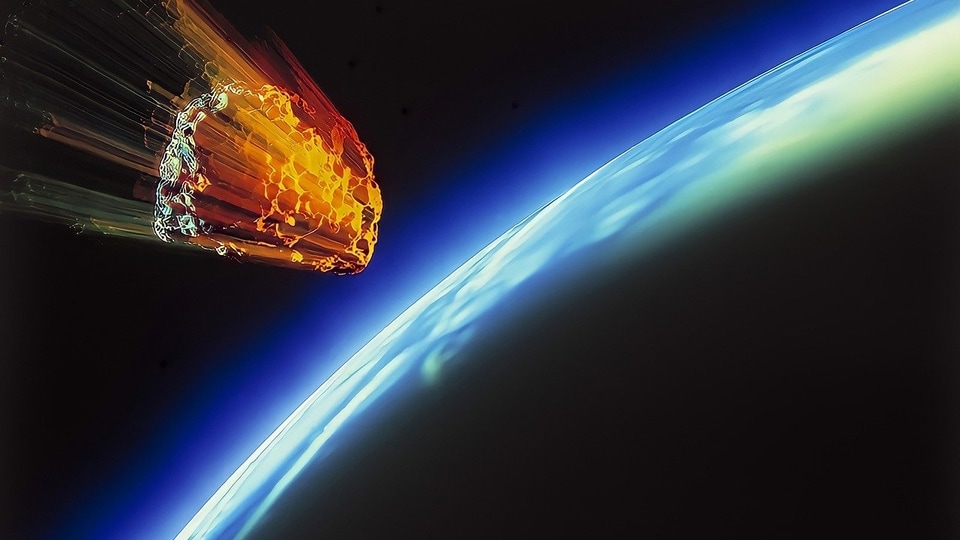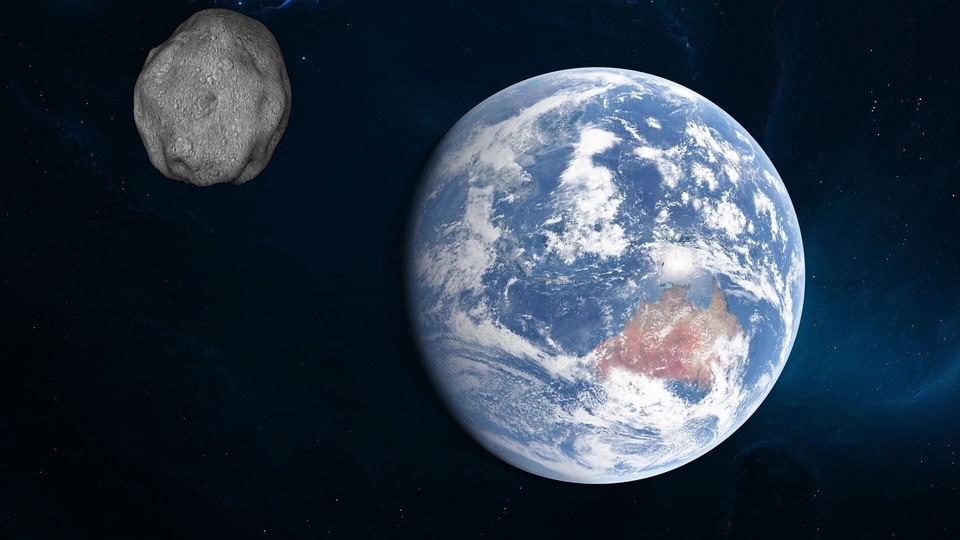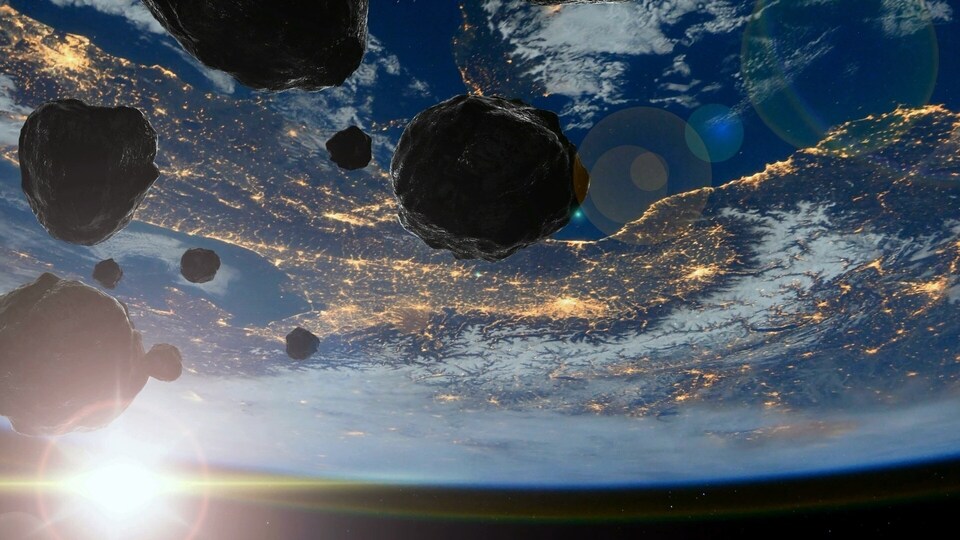Building-sized asteroid to come close to Earth soon! NASA reveals details of close approach
NASA expects Asteroid 2023 HT4 to make an extremely close approach to the planet today. Know its speed, distance of approach, size and other details.






 View all Images
View all ImagesAn asteroid that was once thought to be on a collision course with Earth is being monitored by NASA and other space agencies. However, it has been determined that it will not crash into the planet, but it will pass extremely close to Earth in the coming decade, providing an opportunity for scientists to study it. While it is not uncommon for asteroids to make close approaches with Earth, this happens at relatively safe distances of hundreds of thousands of kilometers at a minimum. But this does not guarantee that no asteroid is ever going to strike Earth.
In a separate development, NASA has now issued an alert against an asteroid that is expected to make its closest approach to Earth soon.
Asteroid 2023 HT4 information
The asteroid has been given the designation of Asteroid 2023 HT4 by NASA's Center for Near-Earth Object Studies. The same organization has also revealed its trajectory, distance of close approach and expected speed. Asteroid 2023 HT4 will pass Earth on May 12, at a distance of 6 million kilometers. In fact, it is already rushing towards the planet, travelling at a fearsome speed of 32167 kilometers per hour.
Apart from its relatively close distance of approach, this asteroid is also huge in size! NASA estimates this space rock to be around 250 feet wide, making it as big as a building.
It belongs to the Apollo group of asteroids, which are Earth-crossing space rocks with semi-major axes larger than Earth's. They are named after the humongous 1862 Apollo asteroid, discovered by German astronomer Karl Reinmuth in the 1930s.
NASA's asteroid tracking tech
NASA tracks asteroids using a combination of ground-based and space-based telescopes. The NASA-funded Asteroid Terrestrial-impact Last Alert System (ATLAS) scans the night sky for moving objects and reports any potential asteroid detections, while some space-based observatories use infrared sensors to detect asteroids and their characteristics. Some of these include the Wide-field Infrared Survey Explorer (WISE) and the NEOWISE mission.
Catch all the Latest Tech News, Mobile News, Laptop News, Gaming news, Wearables News , How To News, also keep up with us on Whatsapp channel,Twitter, Facebook, Google News, and Instagram. For our latest videos, subscribe to our YouTube channel.





























